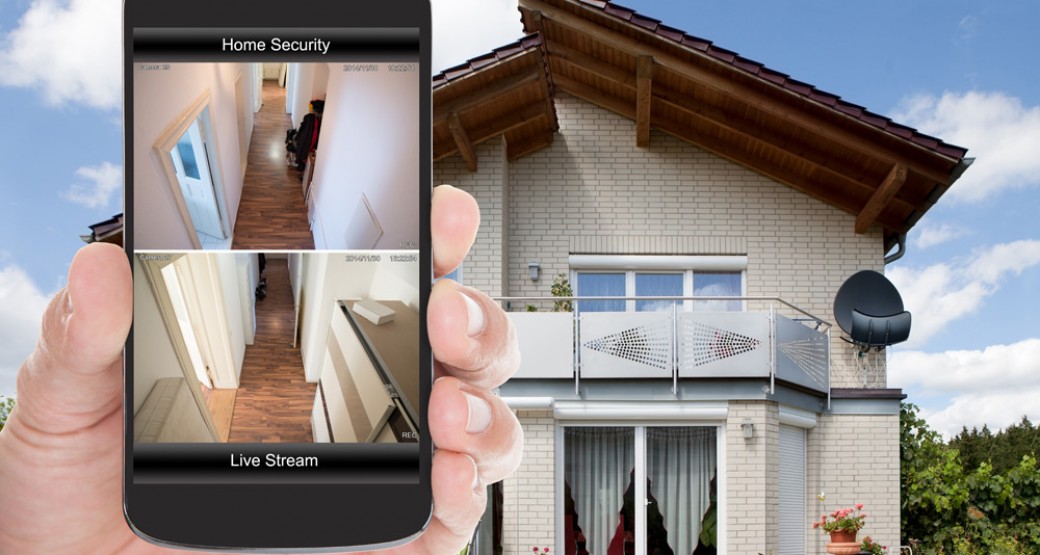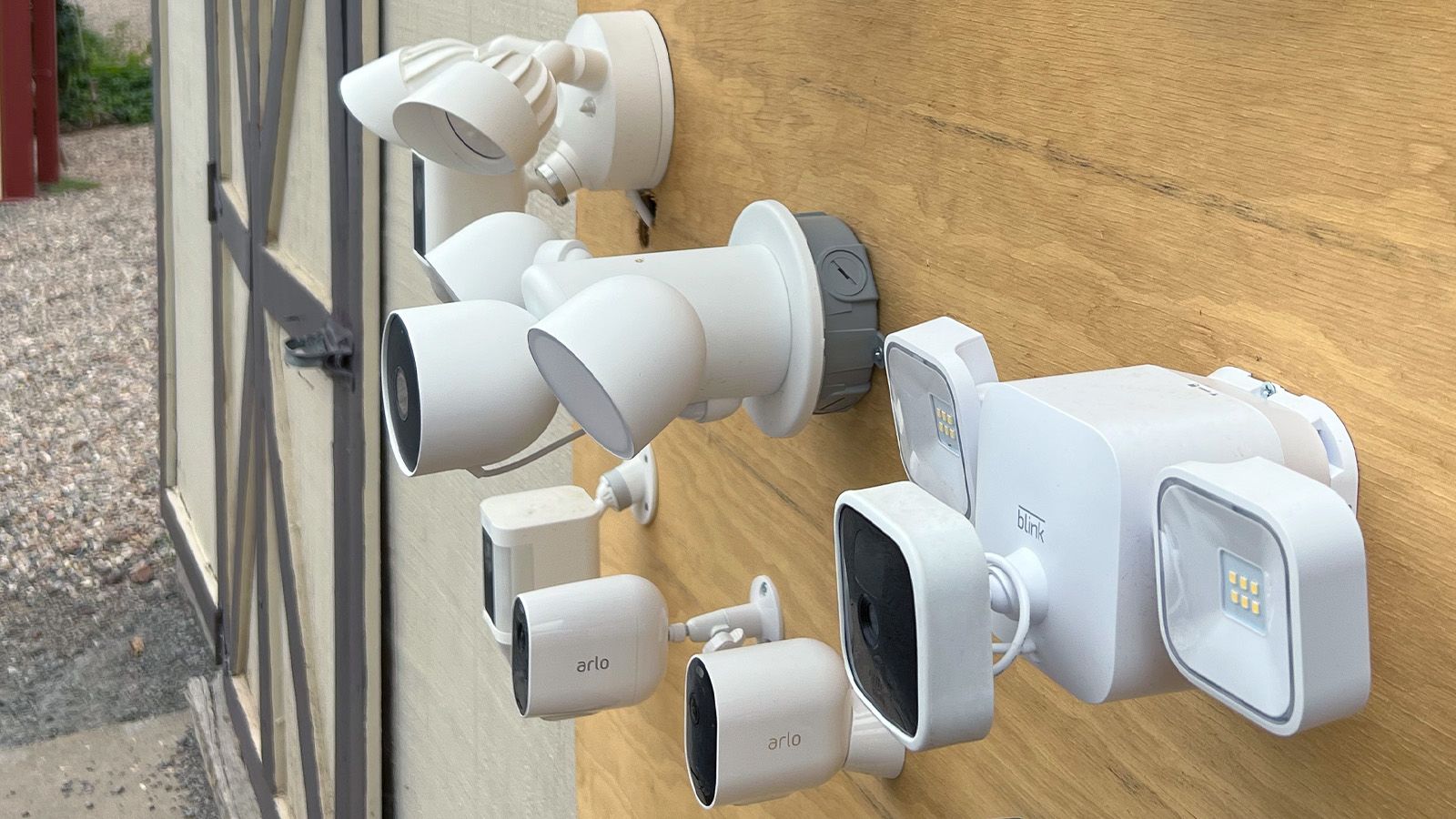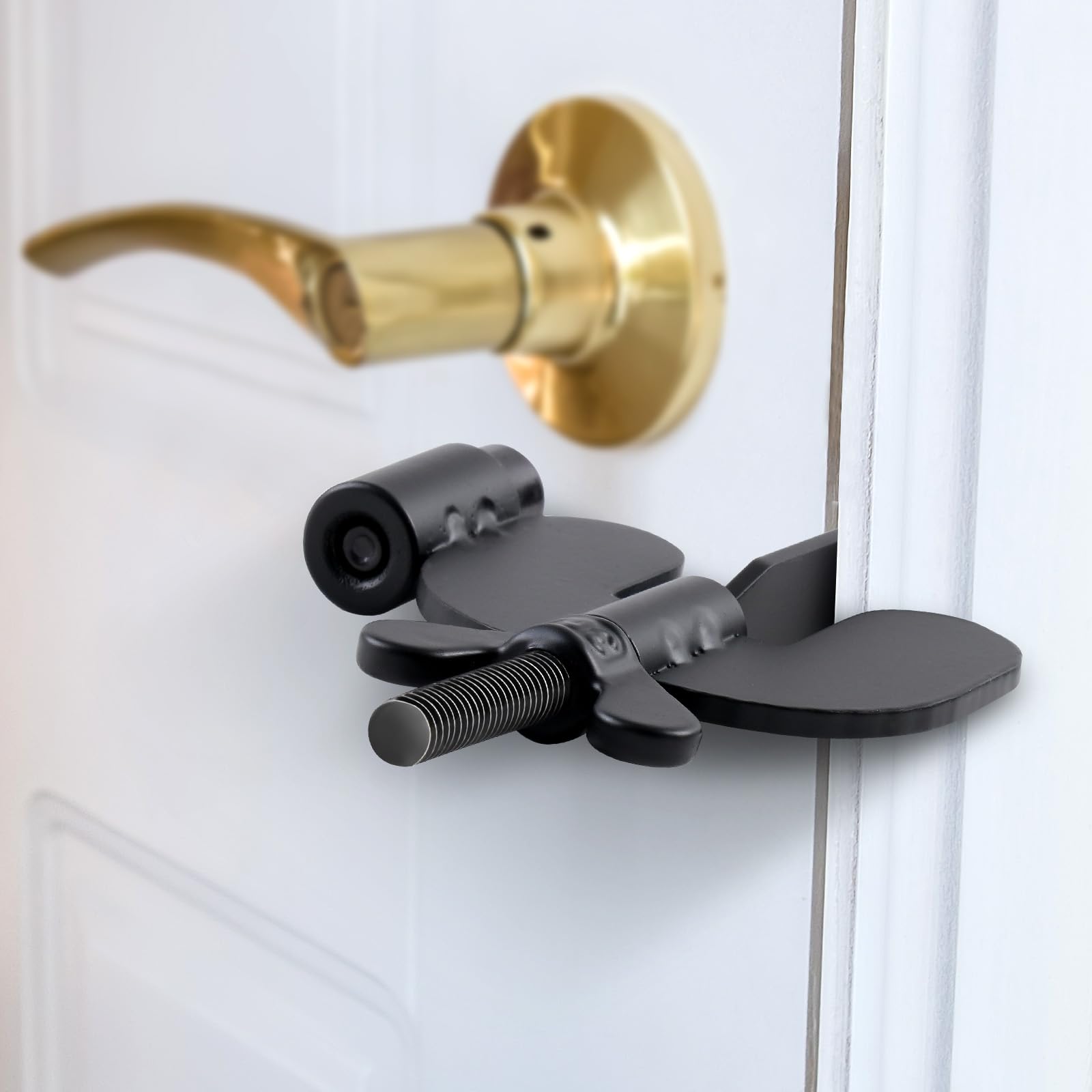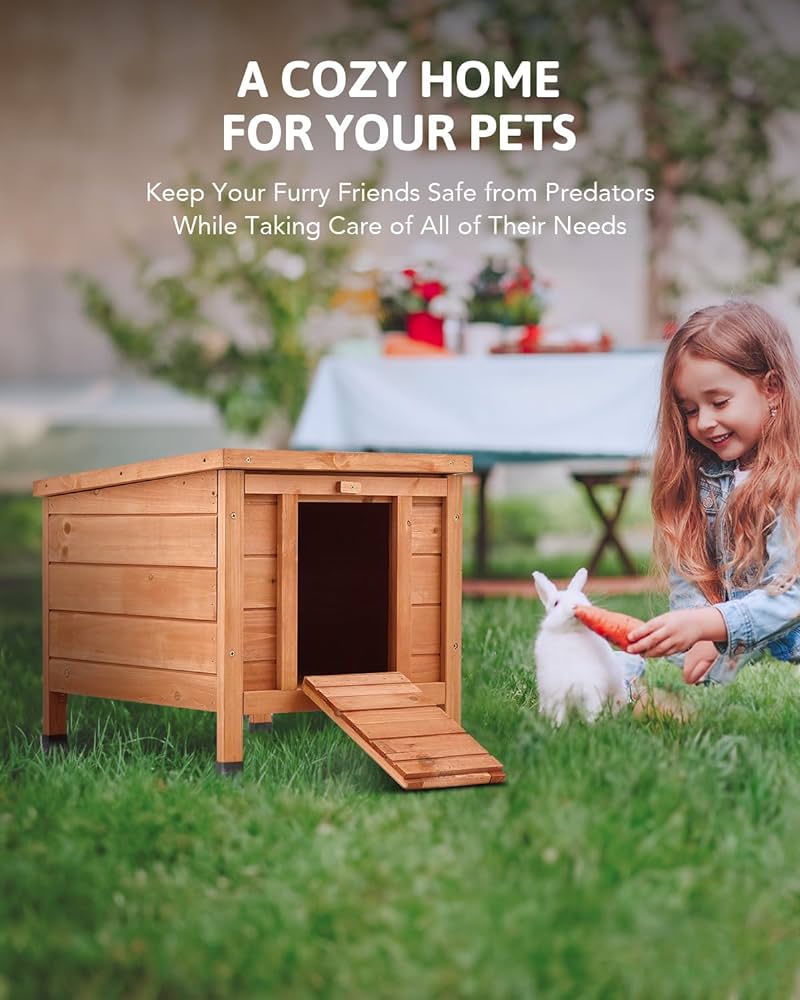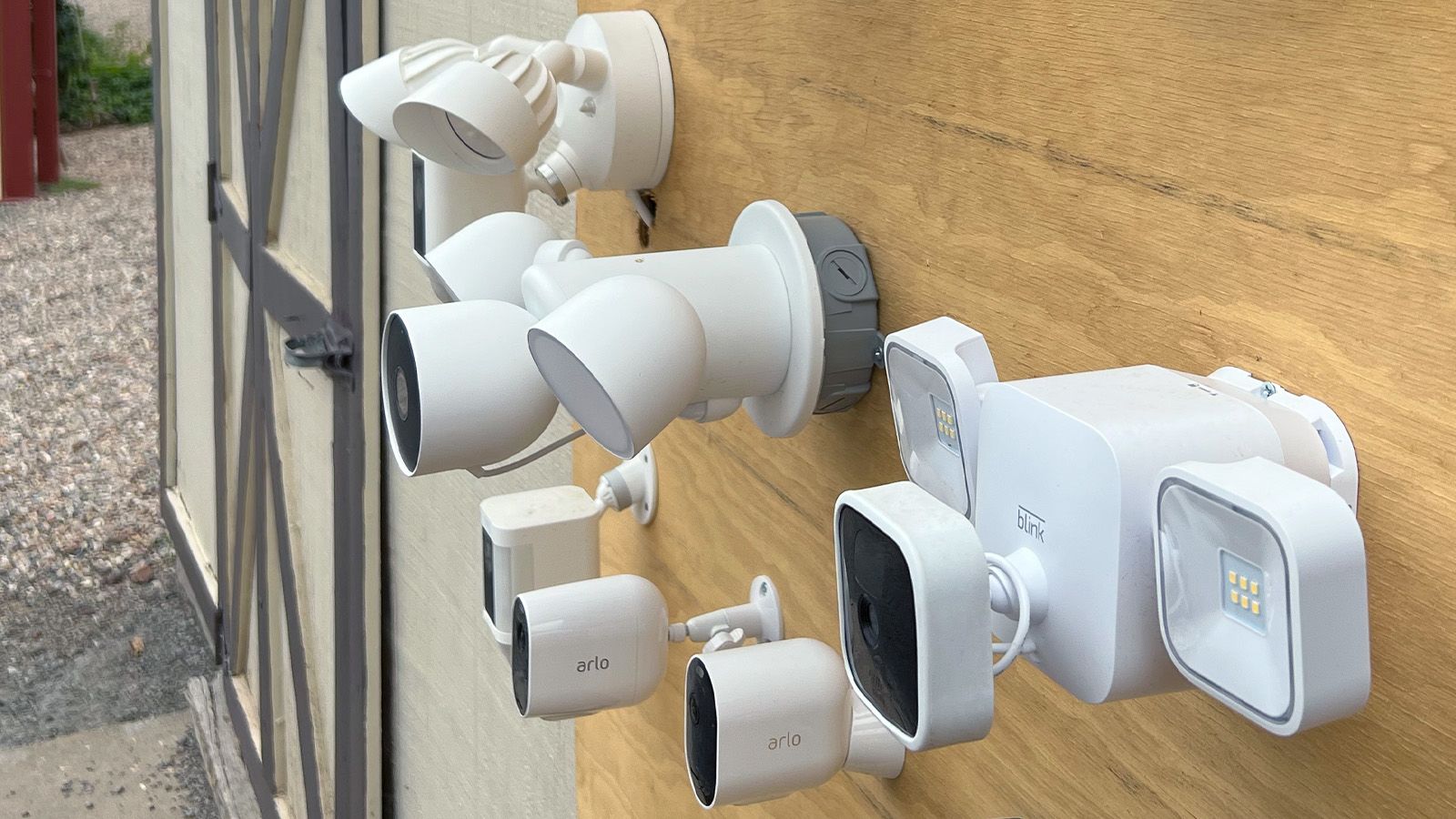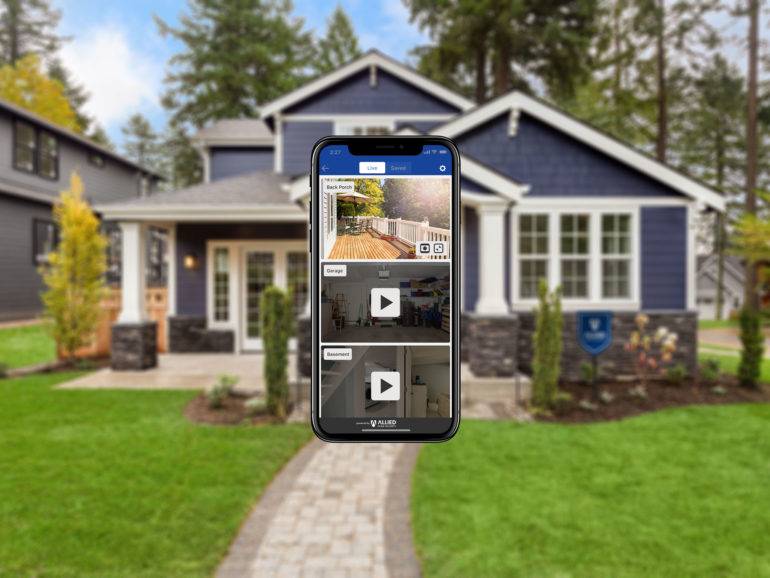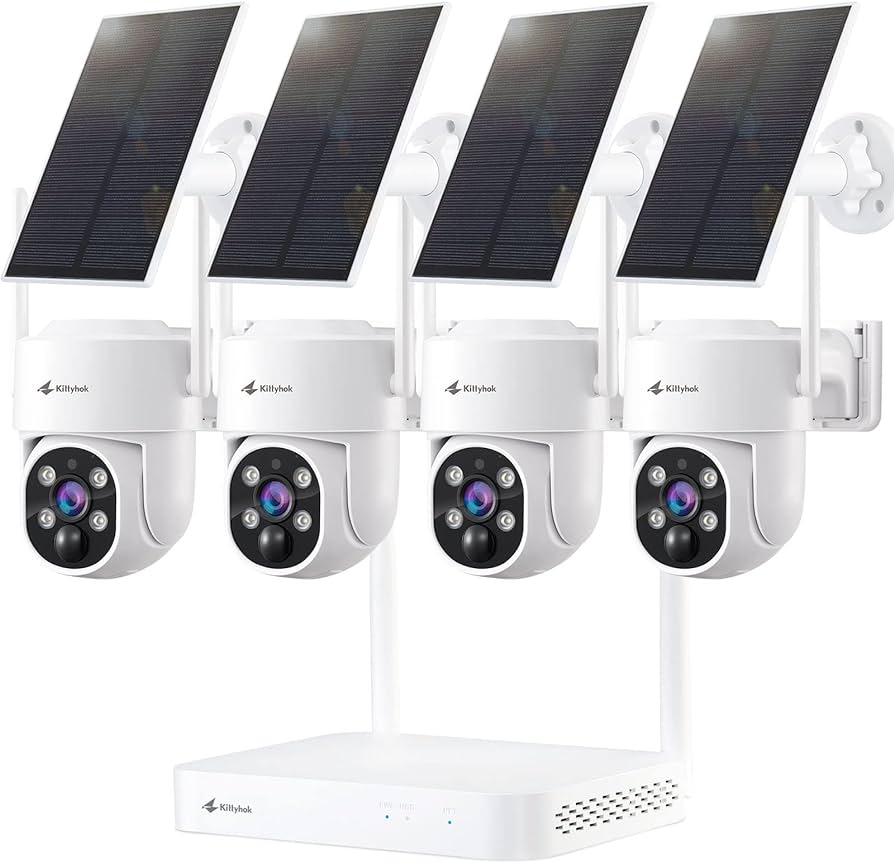![]()
Introduction
Hello Readers,
Welcome to this comprehensive guide on home security in rural areas. Living in the countryside offers a tranquil and idyllic setting, but it also comes with its own set of safety considerations. Unlike urban areas, rural communities face unique challenges when it comes to protecting their homes and properties. This article aims to provide valuable insights and practical tips to ensure the safety and security of your countryside residence.
When it comes to rural areas, traditional security measures might not always be sufficient. Factors such as secluded locations, limited neighbors, and vast property sizes make it essential to adopt specialized strategies that cater to the specific needs of these areas. By understanding the strengths and weaknesses of home security in rural communities, homeowners can take proactive steps to protect their properties from potential threats.
In this article, we will explore various security measures, technologies, and best practices tailored to rural homeowners. From assessing vulnerabilities to implementing advanced surveillance systems, we will equip you with the knowledge and tools to enhance the safety of your countryside residence.
So, without further ado, let’s delve deeper into the world of home security in rural areas.
Strengths and Weaknesses of Safety in the Countryside: Home Security for Rural Areas
| Strengths |
Weaknesses |
| Pristine natural surroundings |
Lack of immediate assistance |
| Tight-knit communities |
Secluded locations |
| Lower crime rates |
Limited neighbors |
| Greater sense of community |
Long police response times |
| Wide property sizes |
Low visibility |
| Opportunity for DIY security |
Inadequate lighting |
| Less noise pollution |
Difficulty in identifying strangers |
Frequently Asked Questions (FAQs)
1. What are the essential steps to assess the security vulnerabilities in a rural home?
Assessing security vulnerabilities is crucial for home safety. Start by conducting a thorough inspection of your property, identifying weak points, and pinpointing potential entry areas for intruders. Consider installing motion sensors, reinforcing doors and windows, and improving landscape visibility to deter criminals.
2. Are smart home security systems efficient in rural areas?
Yes, smart home security systems are highly effective in rural areas. These systems allow remote monitoring, provide real-time alerts, and often include features such as video surveillance and motion detection. The ability to control security measures through smartphone applications offers convenience and enhanced security, even in remote locations.
Community engagement plays a crucial role in rural home security. Collaborating with neighbors, forming neighborhood watch programs, and sharing information about suspicious activities can create a strong deterrent against criminal activities. Building a closely-knit community that looks out for each other enhances security and fosters a sense of safety.
4. Are alarm systems effective for rural homes?
Alarm systems are a valuable asset for rural homes. High-decibel alarms not only alert occupants but also serve as a powerful deterrent. Combine alarm systems with signage indicating their presence, and potential intruders are more likely to stay away from your property.
5. How can lighting be optimized for rural home security?
Appropriate lighting is essential for rural home security. Install motion-activated lights around the perimeter of your property and focus on areas that offer potential hiding spots for intruders. Illuminating entry points, pathways, and other vulnerable areas ensures increased visibility, making it easier to detect any suspicious activities.
6. What are the challenges in securing large rural properties?
Securing large rural properties can be challenging due to their size and secluded nature. Implementing a combination of physical barriers, such as fences and gates, along with surveillance systems and strategic placement of security cameras, can help in overcoming these challenges. Opt for advanced technologies like drones for aerial monitoring.
7. Is it advisable to keep firearms for rural home security?
Keeping firearms for home security is a personal decision. If you choose to keep firearms, ensure proper training, and strictly adhere to local laws and regulations. Keep the firearms in a secure, inaccessible location, and prioritize other security measures to reduce risks.
Conclusion
As we conclude this article, it’s crucial to emphasize the significance of prioritizing safety in the countryside. Rural areas may offer a serene and peaceful lifestyle, but it’s essential not to overlook the unique security challenges they present. By employing a proactive approach and implementing appropriate security measures, homeowners can significantly enhance their safety and protect their properties from potential threats.
Remember, prevention is always better than dealing with the consequences of a security breach. Invest in advanced technology, participate in community initiatives, and adopt a vigilant mindset to ensure the security and well-being of your countryside residence.
Take action today and create a secure environment for yourself and your loved ones in the beautiful countryside!
Closing Words and Disclaimer
Thank you for taking the time to read this article on safety in the countryside and home security for rural areas. While we have provided comprehensive information and guidance, it’s essential to note that every rural community may have specific requirements and challenges. Tailor your security approach based on your unique circumstances and consider consulting local authorities or security professionals for expert advice.
Stay safe, be vigilant, and enjoy the peace and tranquility of your rural abode!
-
Hiya I'm Annie Welton, the writer behind this blog, where it's all about how to make our home a special place. With a passion for making homes safer and cozier, I'm here to share easy-to-follow advice and practical tips to help you enhance your living space. Home is where the heart—and safety—is!
View all posts
Checkout These Recommendations:
- Extend Your Protection: Outdoor Home Security Solutions Greeting Readers! Welcome to this comprehensive guide on outdoor home security solutions. In today's fast-paced world, ensuring the safety and protection of our homes has become even more crucial. As…
- DIY Home Improvement Projects for Beginners Introductory Words Hello Readers, Welcome to our comprehensive guide on DIY home improvement projects for beginners. Whether you own a house or rent an apartment, there's always something you can…
- Drill-Free Security: Protecting Your Apartment without… An Innovative Approach to Apartment Security Hello Readers, welcome to this informative article on drill-free security solutions for apartments. In today's urban lifestyle, ensuring the safety of our homes is…
- Jaw-Dropping Home Improvement Before and After… Introduction Hello Readers, welcome to our article on Jaw-Dropping Home Improvement Before and After Transformations. Are you tired of your mundane living space and looking for some inspiration to revamp…
- Soundproof Your Home for a Peaceful Living Environment Introduction Hello readers! Welcome to our journal article on creating a peaceful living environment by soundproofing your home. In today's fast-paced world, finding tranquility within the comfort of your own…
- Caring for Your Parents: Home Security Solutions for Seniors Hello Readers, As our parents age, it becomes increasingly important to ensure their safety and security in their own homes. With advancements in technology, there are now numerous home security…
- Enhance Your Home's Curb Appeal with These Improvement Tips Introduction Hello Readers, Welcome to our guide on enhancing your home's curb appeal with these improvement tips. Your home's exterior is the first thing that visitors and potential buyers see,…
- Smart Homes, Smart Security: Protecting Your Connected… Hello Readers, Welcome to this informative article on Smart Homes, Smart Security, and how it can protect your connected lifestyle. In today's digital age, the integration of technology into our…
- How to Choose the Best Home Improvement Contractors Introduction Hello Readers, Welcome to our guide on how to choose the best home improvement contractors. Making improvements to your home is an exciting project, but finding the right contractor…
- Control Your Home Security with User-Friendly Mobile Apps Introduction Hello readers! Today, we are going to dive into the world of home security and explore how user-friendly mobile apps can revolutionize the way you protect your home. With…
- Find Reliable Home Improvement Contractors Near You An Introduction to Finding Reliable Home Improvement Contractors Hello, Readers! If you are planning to renovate your home or undertake any home improvement projects, finding reliable contractors can be a…
- Energy-Efficient Home Improvement Ideas for Lower Bills Welcome Readers! Greetings, readers! In this journal article, we will explore a range of energy-efficient home improvement ideas that can help you reduce your bills while contributing to a more…
- Explore the Latest Home Security Gadgets for Ultimate… A Complete Guide to Enhance Your Home Security Greetings, dear Readers! In today's modern world, where safety concerns are paramount, having a robust home security system is of utmost importance.…
- Go Wireless: The Future of Home Security Systems Introduction Readers, welcome to an exciting journey into the future of home security systems. In this digital age, wireless technology has revolutionized every aspect of our lives, including how we…
- Home Improvement Projects That Boost Resale Value Introduction Hello Readers, welcome to our journal article about home improvement projects that can significantly boost the resale value of your property. Whether you are planning to sell your house…
- Top 10 Home Improvement Ideas to Transform Your Space Introduction Hello Readers, Welcome to our guide on the top 10 home improvement ideas that can completely transform your living space. Whether you are looking to enhance the functionality, aesthetics,…
- Apartment Living Made Safe: Home Security Solutions for… 🔒🏢 Welcome, Readers! In the fast-paced world we live in, apartment living has become the norm for many individuals and families. Renting an apartment offers convenience and flexibility, but it…
- Safe and Accessible Home Improvement Tips for Seniors Introduction Hello Readers, welcome to our guide on safe and accessible home improvement tips for seniors. As we age, our homes should adapt to support our changing needs, ensuring safety…
- Tailored Home Security Solutions for Senior Citizens 🏠 Ensure the safety and peace of mind of your loved ones! 🎯 Hello, Readers! In this article, we will discuss the importance of tailored home security solutions specifically designed…
- Eco-Friendly Home Improvement Ideas for Sustainable Living An Introduction to Eco-Friendly Home Improvement Hello Readers, Welcome to our comprehensive guide on eco-friendly home improvement ideas for sustainable living. In this article, we will explore various strategies and…
- Peace of Mind for Airbnb Hosts: Home Security Solutions Greetings, Readers! Welcome to an informative article on how to achieve peace of mind as an Airbnb host through effective home security solutions. In this age of sharing economy, ensuring…
- The Top Home Improvement Magazines You Should Read Welcome, Readers! Are you looking to enhance your home’s appeal, functionality, or value? Look no further! In this article, we have compiled a list of the top home improvement magazines…
- The Most Popular Home Improvement TV Shows of All Time Introduction Hello, Readers! Welcome to our article on The Most Popular Home Improvement TV Shows of All Time. Over the years, home improvement TV shows have gained significant popularity, entertaining…
- Must-Have Features for a Comprehensive Home Security System Introduction Hello, Readers, and welcome to this comprehensive guide on the essential features that every home security system should have. In today's world, ensuring the safety and security of our…
- Find Trusted Home Improvement Contractors in Your Area Introduction Hello Readers, Welcome to our informative article on finding trusted home improvement contractors in your area. When it comes to renovating or remodeling your home, it is crucial to…
- Secure Your Home with DIY Home Security Solutions Welcome, Readers! Greetings to all readers! Today, we'll delve into the world of DIY home security solutions to help you protect your home and loved ones. With the increasing concerns…
- A Beginner's Guide to Home Improvement Projects Introduction Hello Readers, Welcome to our beginner's guide to home improvement projects! Whether you are a new homeowner looking to spruce up your space or someone with a growing DIY…
- Modernize Your Outdated Kitchen with These Home Improvement… Introduction Hello Readers, Welcome to our journal article where we will provide you with valuable tips and insights on how to modernize your outdated kitchen. A kitchen is the heart…
- The Best Home Improvement Stores for All Your Needs Hello Readers! Welcome to our comprehensive guide on the best home improvement stores for all your needs. Whether you are a DIY enthusiast or a professional contractor, finding the right…
- Create the Perfect Outdoor Living Space with These Home… Greet the Audience Hello, dear Readers! Are you looking to transform your outdoor area into a stunning living space? Look no further! In this article, we will provide you with…
